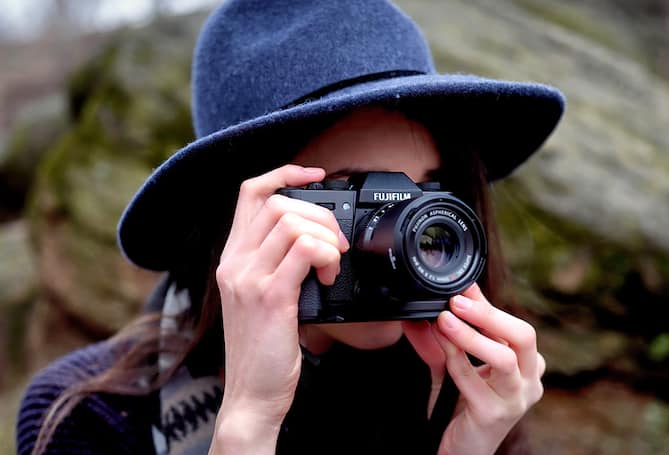10 Tips for Taking Great Photos

Improve your personal or professional portfolio.
- Invest in quality equipment
- Pick your focal point
- Use the rule of thirds
- Change your angles
- Pay attention to framing
- Use ideal lighting
- Use filters and settings
- Take lots of shots
- Use simple backgrounds, especially when taking portraits
- Take your time when editing
Photography is a rewarding hobby, and it's nice to see image quality improve as you sharpen your photo taking skills. But getting started or advancing your photo quality may feel overwhelming. However, by following these straightforward tips, you can learn how to take better photos and see immediate improvement.
1. Make sure you have quality equipment.
2. Pick your focal point.
3. Learn the rule of thirds.
4. Change your angles.
5. Pay attention to framing.
6. Look for ideal lighting.
7. Use filters and settings.
8. Take multiple shots.
9. Simple backgrounds make good portraits.
10. Take your time editing.
Once you have your photos, you can still bring them up a notch with thoughtful editing. Some cameras allow you to edit right there, but it may be easier to edit on your computer. Get a smartphone app or photo editing software that allows you to play with cropping, colors and effects. Tweak various aspects of your photo until you think it's right. You can then print the final product using a photo printer or share the digital version online.
Getting started with photography doesn't have to feel stressful if you know a few simple techniques and have a willingness to experiment. New angles, editing tricks, focus points and proper framing can all contribute to shots that look more professional. Get used to your gear and follow these photography tips and tricks to make simple changes and advance your skills.